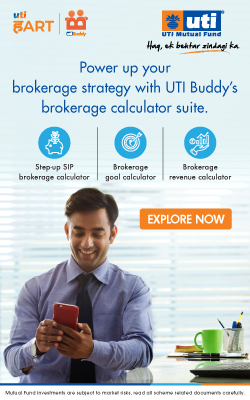Listen to this article
At Cafemutual Ideas Fest 2023, noted trainer and author Amit Trivedi shared with us some prerequisites of setting up a thriving distribution business.
Here are the five things that you should know.
Know your ideal customer
KYC is passé now, focus on KYIC i.e. Know Your Ideal Customer. Understand the kind of clients you want to acquire i.e. those you would be comfortable serving over the long term.
You should keep in pain point of your target segment. Also, you can ask these questions to identify your target segment - Will they be able to give you the right ticket size for the products that you distribute? Also, do they need the products that you distribute?
Know yourself
Assess your strengths, weaknesses, likes and dislikes periodically. Leverage your existing strengths and build on those further. However, there are two kinds of weaknesses. While you can develop new strengths to neutralise certain weaknesses, there are a few weaknesses that you cannot do much about. In such cases, it makes sense to seek outside help. For instance, if public speaking is one of your shortcomings, you may look at engaging external speakers to conduct seminars.
Know your value proposition
What is one thing that differentiates you from other MFDs and direct plan platforms. What is your contribution to investors’ lives and why should they come to you?
Finding value proposition requires a huge amount of work. Introspect or conduct a client survey or quiz your AMC colleagues/friends to figure out your differentiator.
Know your systems and processes
Systems and processes are not limited only to technology and are important across business functions like branding, marketing, sales and client engagement. That means automating certain methodologies that simplify everyday activities. For example, using calendars to set reminders and meet commitments.
Know your tool kit
A tool kit typically comprises a pitch, risks and objections.
Document your pitch (client conversation) and objections (questions) clients have. Over time, you will have a bank of questions and you can observe how client conversation and questions change with time.
Always keep clients informed about the risks involved and how you will guide them to navigate through. Also, use stories backed with data to communicate with clients effectively.







